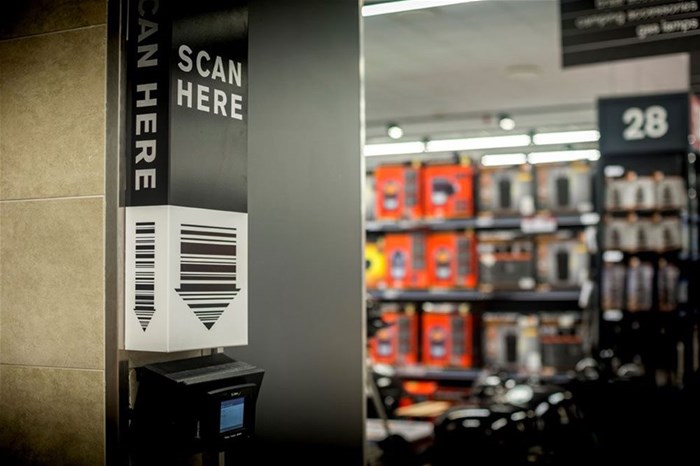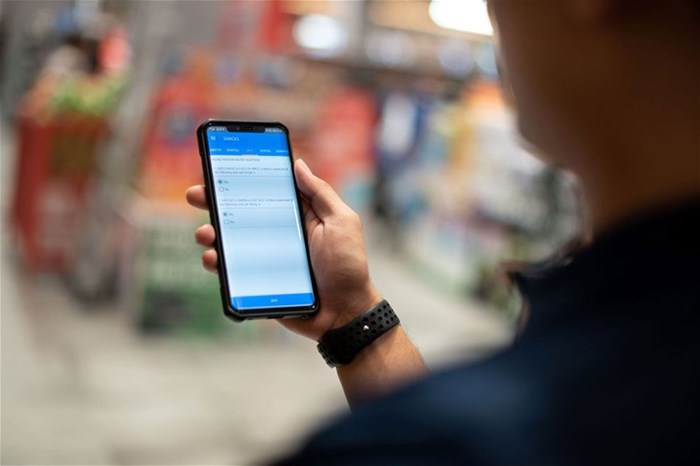With technology constantly on the move, the retail industry has no choice but to adapt to keep pace and up to speed with the broader changing face of consumer expectations. In 2023, this included advancements in AI, AR, contactless payments, data analytics, and omni-channel integration and the convenience of shopping from anywhere, at any time.

Image supplied
Add to the mix, on the one han,d hyper-personalisation and, on the other the reality of growing supply chain complexities.
Retailers and brand owners that capitalise on these trends and meet the challenges head-on, can unlock enhanced opportunities for growth, putting them ahead in an increasingly competitive market. The complexity of this is seen not as a single innovation but as a broader network of advancements that shape the future.
Admittedly, easier said than done, yet an iconic chapter in retail history that cannot be ignored.
A paradigm shift?
According to www.n-ix.com, investments in retail technology soared to an impressive $109bn in 2021 alone. Further entrenching the competitiveness of it all, McKinsey reported that omnichannel customers spend 1.7 times more than single-channel shoppers.
In addition, a recent Forbes article highlighted the fact that the narrative isn’t that the retail industry needs to adopt technology; it’s that as a whole retailers and brand owners are becoming technology companies.
Where the shift is not merely operational but cultural, requiring continuous learning and adaptability in the face of change. A future both from a customer-facing perspective and also within organisations, where technology acts as a bridge between the digital and physical worlds, creating a retail ecosystem that is efficient, personal and above all, inclusive.
At a glance, from the ‘first month refreshed vantage point’ that a new year offers, in terms of emerging tech trends that will disrupt the retail space as we settle into 2024, according to www.retail.com include – driverless deliveries by robots and drones; a combination of IoT, AI and ML (a subset of AI that involves training machines to learn from data and make predictions or decisions) powered solutions to control the supply chain and inventory management processes; re-platforming faster, safer and convenient ways of making payment such UPI payments and contactless cards; personalised product offerings using tech like ML and data analytics and, further enhancing hybrid and omnichannel customer journeys.
Looking ahead, in terms of physical stores, new technologies will shape the store of the future. As detailed by www.thalesgroup.com this includes - image recognition, where for example, you walk into a café and your preferred order is filled just by scanning your face; phygital retail services such as click and collect; AR and VR helping customers visualise products when tried on; push notifications as customers walk into a store highlighting deals on favourite products; automated stock replenishment and, cashier-less shops.

Image supplied
Closer to home, practicalities force adaptation and innovation, the most obvious being the continued battle that is load shedding. Over and above that, head of engineering at redPanda, Neil Coetzee says that while technology will power great innovation, it needs to be ambient and ready to enrich an experience, as opposed to being explicit and in one’s face.
Furthermore, he gave a nod to the great deal of local innovation in South Africa (SA), with our long history of leapfrogging entire generations of technology out of circumstance and necessity. At the other end of the scale, he cautioned against ‘catchphrase fatigue’ in the market, the likes of AI and RFID, with many businesses looking the other way instead of bringing workable solutions to the table.
That said, technology in retail is revolutionising shopping in SA as retailers and brand owners invest in the future where convenience, efficiency and personalisation hits the sweet spot all around.




































